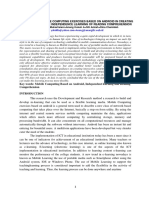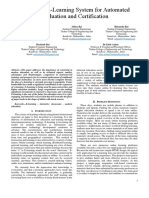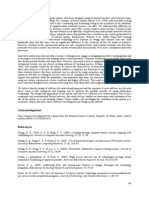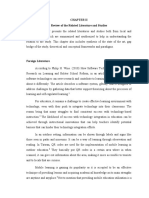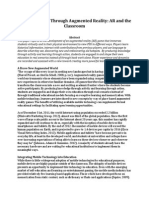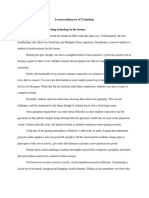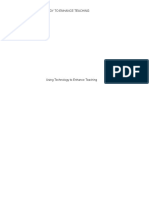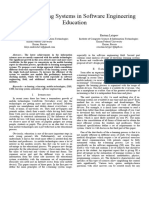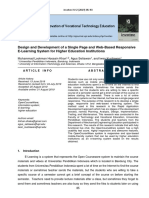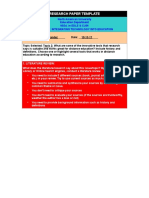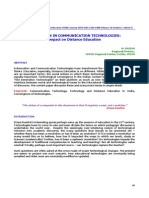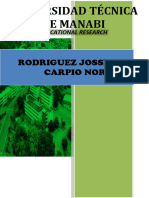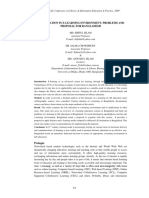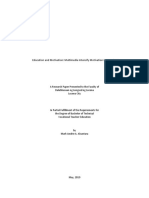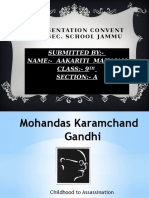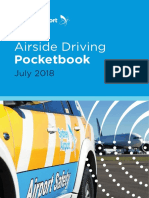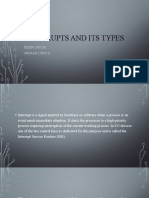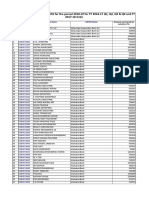0% found this document useful (0 votes)
52 views25 pagesChapter 2.1
The document discusses several literature reviews related to online learning and educational technology. It covers topics like e-learning platforms in India during the pandemic, the effects of mobile learning on student achievement, the role of technology in education, and the use of courseware to enhance learning. The document provides context and background information for a proposed online learning program or courseware being developed by the author.
Uploaded by
Minato NamikazeCopyright
© © All Rights Reserved
We take content rights seriously. If you suspect this is your content, claim it here.
Available Formats
Download as DOCX, PDF, TXT or read online on Scribd
0% found this document useful (0 votes)
52 views25 pagesChapter 2.1
The document discusses several literature reviews related to online learning and educational technology. It covers topics like e-learning platforms in India during the pandemic, the effects of mobile learning on student achievement, the role of technology in education, and the use of courseware to enhance learning. The document provides context and background information for a proposed online learning program or courseware being developed by the author.
Uploaded by
Minato NamikazeCopyright
© © All Rights Reserved
We take content rights seriously. If you suspect this is your content, claim it here.
Available Formats
Download as DOCX, PDF, TXT or read online on Scribd
/ 25

